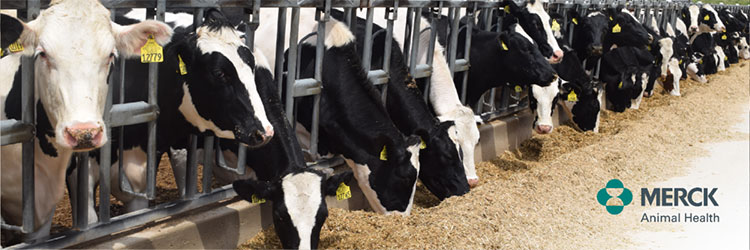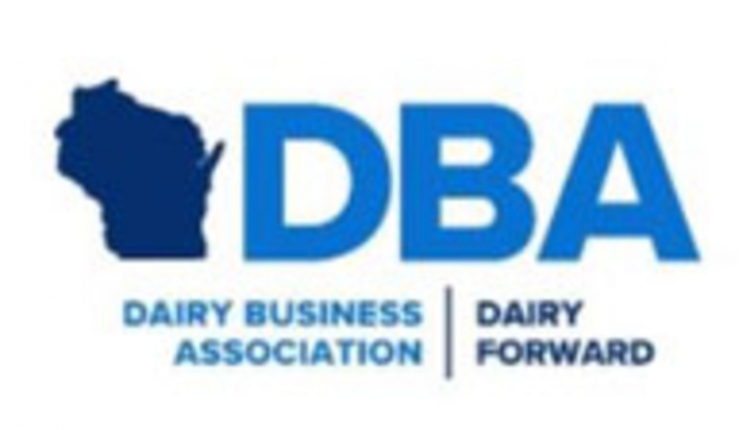
Reaching heifer pregnancy goals
With the high costs of feed, additional days to conception can significantly impact a dairy’s bottom line. Several factors influence days to conception and the number of pregnant heifers.
- Conception rate. Although operations vary, a reasonable goal is at least 50% conception at first service.
- Days to first service. Strive for 90% or more heifers bred in the first 21 days after entering the breeding pen.
- Reinsemination interval. Reduce this interval with an accurate and efficient heat detection program.
Overall, seek to maximize the number of heifers pregnant within 100 to 150 days after entering the breeding pen. With good management, at least 90% of heifers should be pregnant within this time frame.
Role of monitoring technology
Technology continues to develop to improve reproductive efficiency. Whether through ear tags or collars, activity monitoring can improve heat detection accuracy.
Research at the University of Florida1 suggests that targeted prostaglandin administration in concert with monitoring can help maximize heifer fertility. Researchers used Holstein heifers fitted with activity monitoring collars from Allflex Livestock Intelligence. In the study, responses to prostaglandin treatments differed according to the stage of the estrous cycle.
The study showed that heifers in heat 13 to 23 days before prostaglandin injection had greater conception rate (62.8%) than those that were in heat four to 12 days before the injection (<45%).
The bottom line: Data insights from records and monitoring technology can help identify heifer breeding bottlenecks, uncover areas of opportunity and assist in making decisions to increase efficiency.


